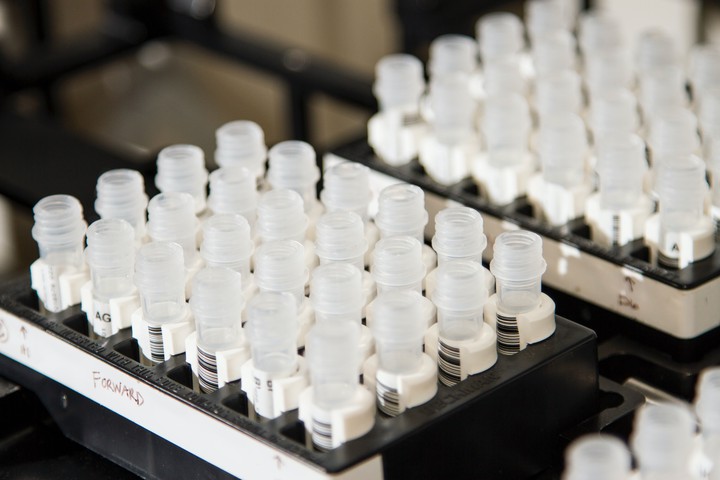Wandering into next-generation seqeuncing
 Photo by
National Cancer Institute on
Unsplash
Photo by
National Cancer Institute on
UnsplashNo Longer That “Next” Generation
When I was doing my undergraduate project, microarray was like black magic that turned the labyrinth of gene expression into colorful heatmap and brought your paper into top-notch journals. Several years later, when I came back from my clinical internship to life science, I was overwhelmed. Microarray became as common as microwave, and people started using next-generation sequencing to check everything. It’s like every single word I’ve learned in class now has to be followed by -seq. RNA-seq, ChIP-seq, DNaseI-seq…, they are simply everywhere.
When microarray was introduced, I was convinced that we were finally able to study not only the trees but also the forest as a whole, but now with all the seqs, I further accept that when we thought we might be studying the whole forest with microarray, we were actually near-sighted and thus stuck in low resolution. (I believe we would still be near-sighted even with NGS. I assume before defining the question really well, it’s impossible to say if we have enough resolution.)
Well, it should be a nice thing to see clearer and broader. Nevertheless, during my literature wandering, I realize that although next-generation sequencing is genome-wide by default, it is hard for a paper to cover that much, and you are deemed to end up with curiosity piling up, wondering what’s out there in the dataset.
“If You Build It, They Will…”
I must admit I am not the kind of person driven by pure curiosity, so I have not really tried to analyze sequencing data until my own project stumbled, and some published dataset seemed to hold some hint.
“That shouldn’t be too hard.” I told myself. It was just looking into protein binding in some locus, and the authors should have already done the difficult part for me.
Well, not actually. I failed to find any guide for dummies. Many of the material I found was either so detailed and focused that I identified nowhere to start with, or so brief that I felt like I was watching Bob Ross painting.
This might be a result of wrong keywords to Google, or some helpful guide just escaped my browse. Anyway, the best thing I could found was in Japanese. It seems that this Mr. Takatsugu Kosugi also tried to find a way out in analyzing ChIP-seq result, and took some note in his blog, which gave me a good start.
So, here I am, still experimenting and having already destroyed my Linux virtual machine once. I write this blog to leave my own breadcrumb trail, which hopefully helps the future me and enhances the chance of some newbie hitting on a blog entry that gives some little hint.
The first thing to clarify here would be “Do I own a machine that is capable for sequencing data analysis?” The scenario is doing everything on Linux in a virtual machine. In my case, aligning sequencing result to reference genome would be the bottleneck, and here are how long it takes to align 10 million reads with Bowtie2:
- 100 hours on a Core i5–2500 (3.30 GHz) machine, with 3 GB RAM allocated to the virtual machine
- 15 minutes on a Core i5–4570R (2.70 GHz) machine, with 8 GB RAM allocated to the virtual machine
I went on to look up a little bit. Bowtie2 puts the whole reference genome into RAM, which takes up more than 2 GB, and it needs some more to work on. If you are going to do something more complicated, like single-cell sequencing alignment, the minimal RAM requirement surges to 16+ GB. With enough working space, the sequence is then processed in every CPU cycle, so CPU also matters.
My impression now is that RAM size matters more than CPU for ChIP-seq in alignment, and I guess most recent computers are capable of completing the analysis pipeline within a reasonable time (say a couple of days). So if you are interested in trying, and you have a computer with > 8 GB RAM, I’ll say that a green light for trying.